Leverage iPhone Shortcuts for Low Battery Voice Reminders: Protecting Your iPhone's Battery Health
Leverage iPhone Shortcuts for Low Battery Voice Reminders: Protecting Your iPhone's Battery HealthApple has gradually introduced battery health-related features in iOS 18, such as the low-power charging reminder in the initial release and the ultimately unreleased remaining charging time monitor discovered in iOS 18.2
Leverage iPhone Shortcuts for Low Battery Voice Reminders: Protecting Your iPhone's Battery Health
Apple has gradually introduced battery health-related features in iOS 18, such as the low-power charging reminder in the initial release and the ultimately unreleased remaining charging time monitor discovered in iOS 18.2. While the official rollout of these features has been delayed, we can still easily monitor our iPhone's battery status and set personalized low-battery alerts using the built-in Shortcuts app. This article details how to create a shortcut that provides an automated voice reminder when your iPhone battery falls below a specific threshold, helping you better manage and protect your iPhone's battery health.
Many users want timely reminders when their iPhone battery is low, preventing inconvenience from a depleted battery. While iOS displays the battery percentage, this may not be intuitive enough for everyone, especially when busy or focused on other tasks. Voice reminders are crucial in such situations. The Shortcuts app perfectly addresses this need, allowing users to customize a series of actions into a single shortcut for convenient execution.
This article will guide you through creating a shortcut to trigger an automated voice reminder when your iPhone battery drops below 20%. The instructions are step-by-step, making it easy even for Shortcut beginners. Follow these steps:

(Insert a visual tutorial with screenshots here. The following text is a placeholder for the image-based tutorial.)
Step 1: Open the Shortcuts App
First, open the Shortcuts application on your iPhone. If you don't have it installed, download it from the App Store.

Step 2: Create a New Shortcut
Tap the "+" button in the upper right corner to create a new shortcut.
Step 3: Add the Get Variable Action

Select Add Action, search for and add the Get Variable action, and choose Battery Level.
Step 4: Add the If Action
Next, add the If action. In the condition settings, select Battery Level and set the condition to is less than 20.

Step 5: Add the Speak Action
Under the If True branch of the If action, add the Speak action. In the Text field, enter your desired voice reminder, such as Your iPhone battery is below 20%, please charge it.
Step 6: Run and Test the Shortcut

Tap the Done button in the upper right corner to save the shortcut. You can name it, for example, Low Battery Alert. Then, tap to run it and test if it works correctly.
Step 7: Add to Home Screen (Optional)
For easy access, add this shortcut to your Home screen for quick execution.
These steps create a shortcut that automatically triggers a voice reminder when your iPhone battery drops below 20%. This feature is convenient and helps avoid the inconvenience of a low battery.
Why 20%? This threshold is based on the characteristics of lithium-ion batteries used in iPhones. The optimal working range is between 20% and 80%. Keeping the battery consistently too low (below 20%) or too high (above 80%) impacts its lifespan. Consistently low battery levels (below 20%) accelerate lithium-ion battery aging, shortening its lifespan. Conversely, moderate charging keeps the battery active and extends its lifespan.
Therefore, adopting a habit of charging as needed is crucial. This doesn't mean fully charging to 100%, but rather charging when the battery drops below 20% and keeping it between 20% and 80%. This custom low-battery voice reminder helps cultivate good charging habits, ultimately extending your iPhone's battery life. This simple shortcut provides long-term battery health protection.
Tag: iPhone Battery Leverage Shortcuts for Low Voice Reminders Protecting
Disclaimer: The content of this article is sourced from the internet. The copyright of the text, images, and other materials belongs to the original author. The platform reprints the materials for the purpose of conveying more information. The content of the article is for reference and learning only, and should not be used for commercial purposes. If it infringes on your legitimate rights and interests, please contact us promptly and we will handle it as soon as possible! We respect copyright and are committed to protecting it. Thank you for sharing.


